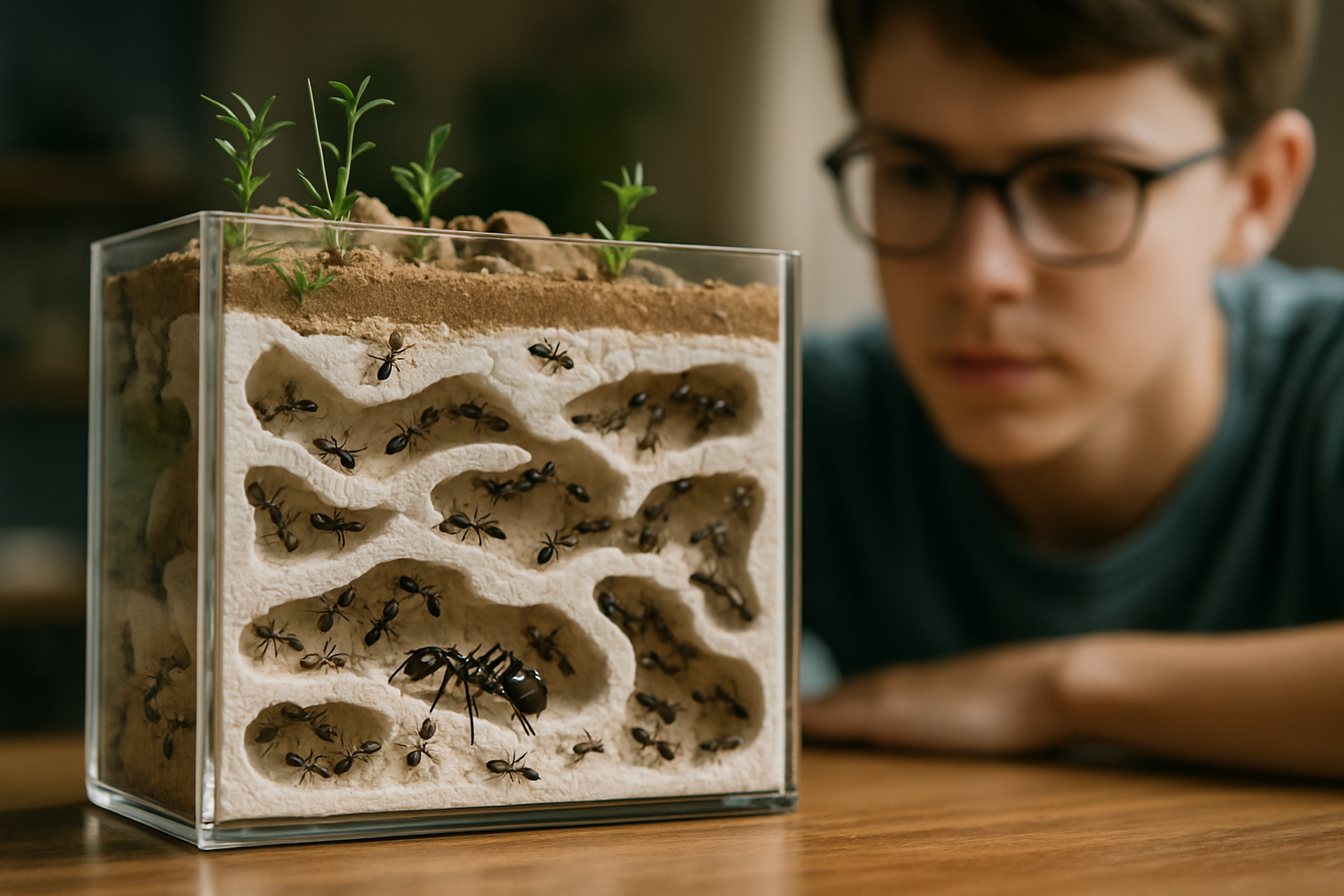Decoding the Enigmatic Dance of Leafcutter Ants
In the lush forests of Central and South America, a mesmerizing spectacle unfolds as millions of tiny leafcutter ants embark on their daily ritual. These industrious insects, known for their intricate social structure and agricultural prowess, have captivated scientists and nature enthusiasts alike. This article delves into the fascinating world of leafcutter ants, exploring their complex behaviors, ecological impact, and the lessons they offer for sustainable agriculture.

The Intricate Hierarchy of Leafcutter Ant Colonies
At the heart of every leafcutter ant colony lies a complex social structure that ensures the smooth functioning of their miniature civilization. The queen, the largest ant in the colony, is solely responsible for reproducing. She can live for up to 20 years, continuously laying eggs to maintain the colony’s population. Surrounding her are various castes of worker ants, each with specific roles crucial to the colony’s survival.
The smallest workers, known as minims, tend to the fungus gardens and care for the young. Medium-sized workers forage for leaves, while the largest, called majors or soldiers, defend the colony from threats. This division of labor allows the colony to operate with remarkable efficiency, with each ant instinctively knowing its role from birth.
The Fascinating Fungus Gardens
Perhaps the most intriguing aspect of leafcutter ant colonies is their sophisticated fungus cultivation. Unlike other insects that directly consume plant matter, leafcutter ants use the leaves they collect as a substrate to grow a specific type of fungus, Leucoagaricus gongylophorus. This fungus serves as the primary food source for the entire colony.
The ants carefully tend to these fungus gardens, regulating temperature and humidity, removing contaminants, and even applying antibiotics produced by bacteria on their bodies to prevent infections. This symbiotic relationship between the ants and the fungus has evolved over millions of years, resulting in a highly specialized and efficient agricultural system.
The Ecological Impact of Leafcutter Ants
While leafcutter ants may seem destructive due to their leaf-cutting activities, they play a crucial role in their ecosystems. By pruning vegetation and accelerating decomposition, they contribute to nutrient cycling in tropical forests. Their tunnels aerate the soil, improving water penetration and root growth for plants.
However, in agricultural areas, leafcutter ants can become significant pests, causing substantial damage to crops. Farmers in regions where these ants are prevalent often struggle to protect their harvests, leading to ongoing research into sustainable pest management strategies that balance ecological preservation with agricultural needs.
Biomimicry: Learning from Leafcutter Ants
The efficiency and sustainability of leafcutter ant colonies have inspired researchers in various fields. Their waste management systems, where specific chambers are designated for refuse disposal, have influenced designs for sustainable urban planning. The ants’ traffic management during foraging expeditions has provided insights into optimizing human transportation systems.
Moreover, the antibiotics produced by the bacteria associated with leafcutter ants are being studied for potential medical applications. As antibiotic resistance becomes an increasing concern in human medicine, these natural compounds offer promising avenues for new drug development.
Conservation Challenges and Future Prospects
Despite their resilience, leafcutter ant populations face threats from habitat destruction and climate change. As tropical forests are cleared for agriculture and development, many colonies lose their homes. Changes in temperature and rainfall patterns due to global warming can disrupt the delicate balance of their fungus gardens.
Conservation efforts are underway to protect these fascinating creatures and their habitats. Some initiatives focus on educating local communities about the ecological importance of leafcutter ants, while others work on developing more sustainable agricultural practices that can coexist with ant colonies.
The world of leafcutter ants continues to offer new discoveries and insights. From their complex social structures to their agricultural innovations, these tiny insects provide valuable lessons in cooperation, efficiency, and sustainable living. As we face global challenges in food production and environmental conservation, the humble leafcutter ant may hold keys to solving some of our most pressing issues.






